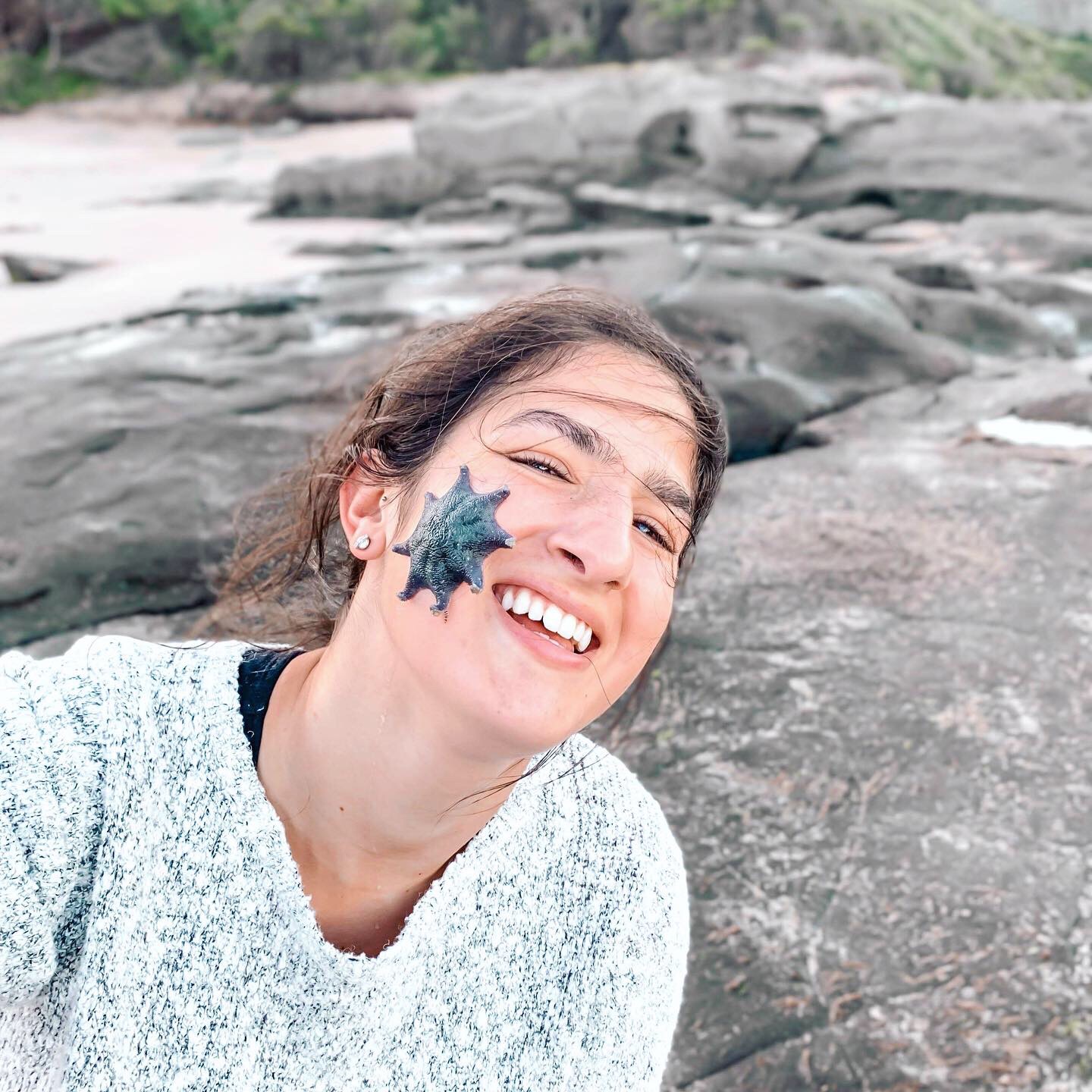Narragansett Bay Adult Oyster Tissue Dissections
Oyster Tissue Dissections
Tissue dissections of adult oysters were first done with oysters purchased from Fearless Fish Market. All dissections were completed with Jacob Green. Completed on September 30, 2020.
In October 2020, wild adult oysters were collected from 5 populations in Narragansett Bay.
- Narrow River
- Green Hill Pond
- Barrington River
- Kickemuit
- Mary C. Donovan Marsh
Oysters were put on ice and kept in the environmental room until dissections were performed. Dissections were completed in October 2020.
Equipment
- Sterilization
- 70% EtOH squirt bottle and waste bin
- DI water squirt bottle and waste bin
- 10% bleach squirt bottle and waste bin
- Dissection
- Cut resistant gloves
- Shucking knife
- Cutting board
- Small forceps
- Dissection scissors
- Razor blades
- weigh boats (aluminum or plastic)
- calipers
- Liquid Nitrogen (LN2) in canister
- 1.5 ml tubes labeled with sample id and tissue type and # on lid; initials, date, sample id, tissue type and #, and Crassostrea virginica on side
- Sterilize cutting board, shucking knife, forceps, scissors, and razor blade with 10% bleach, 70% EtOH, and DI water
- Fill up canister with liquid Nitrogen - make sure lid is secured tightly
- Do this before each oyster
- Take oyster off ice and wipe off any animals or debris attached to shell
- Image next to ruler (for potential image analysis later)
- With calipers, measure oyster shell length and width (mm)
- Tare weigh boat on scale, then weigh total oyster mass (g)
- Record oyster mass, shell length and width in data sheet
- Wear cut resistant gloves while shucking
- On cutting board, insert shucking knife near hinge of shell
- Gently but firmly separate the two valves of shell (may take some time depending on oyster)
- Once the valves separate, run the knife around shell to cut adductor muscles (top right of oyster)
- Locate the mantle and gills in the oyster
- For each tissue type, using the forceps and scissors to cut about a quarter-sized piece of tissue and transfer to the cutting board
- On the cutting board, further cut the piece of tissue into SMALL pieces of tissue (smaller than a pea)
- Tare the 1.5 ml tube and then transfer a piece of tissue to the appropriate tube
- Weigh the tissue in the tube on the scale
- The tissue should be between 10 and 20 mg
- Record all tissue masses in data sheet
- Gently put tube with tissue piece in LN2 canister for preservation
- Repeat this 6 times for each tissue type for each oyster
- 6 mantle pieces
- 6 gill pieces
- Remove all remaining tissue from oyster using a razor blade and put in a 50 ml conical tube and put in LN2 canister
- Dry oyster shells and weigh on scale (g) after taring weigh boat
- Put all tissue samples in -80 freezer
- Re-sanitize all dissecting equipment
- Repeat the steps above for all oysters
Written on January 25, 2021
